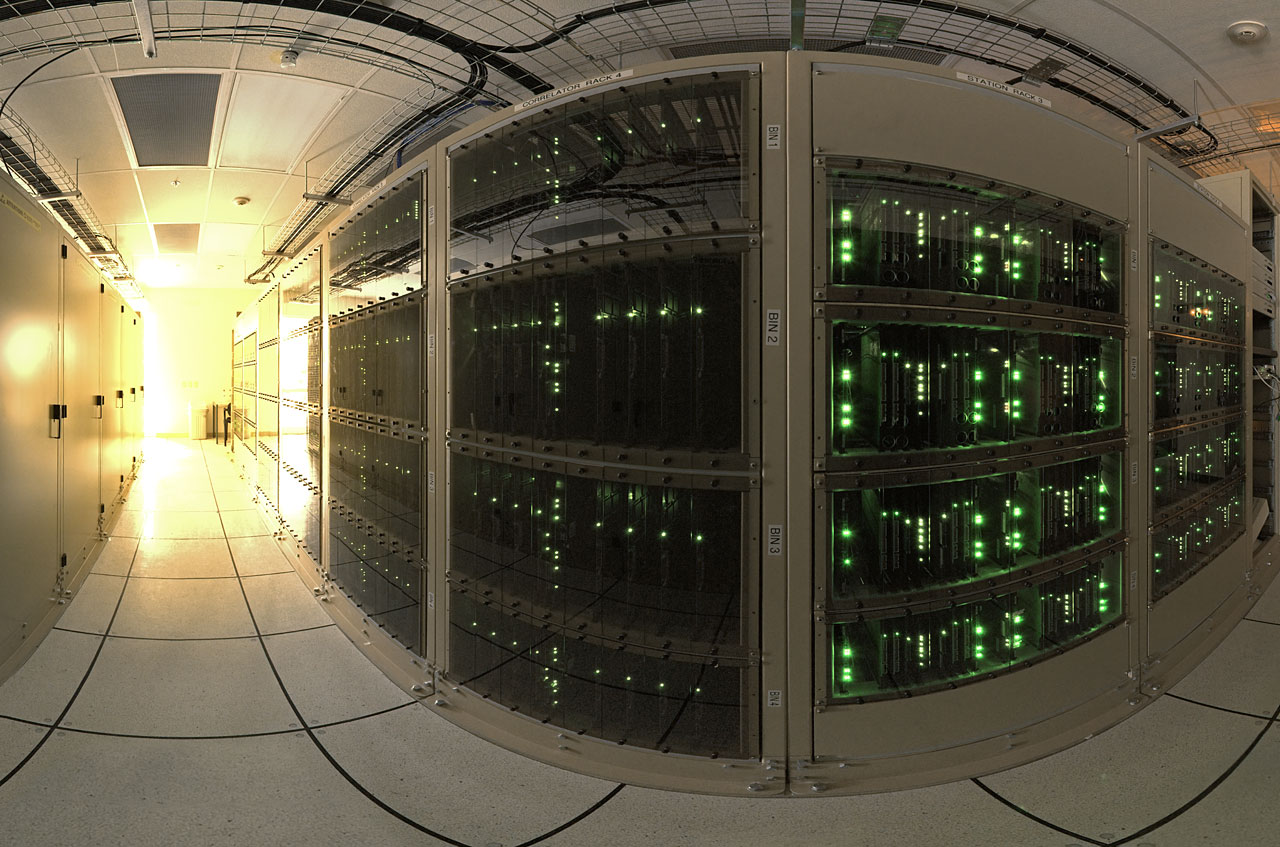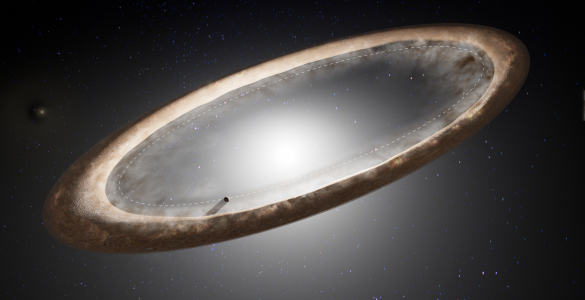What Makes ALMA So Powerful?
Ask radio astronomy engineers about the early conversations they had with astronomers on their ideal design for a millimeter-wave telescope array, and they will tell you that the astronomers wanted the impossible. Accurately combining high-frequency waves from several dozen dish antennas in the extreme climate of the Chilean Andes had never been attempted – for good reason.
And yet, now ALMA stands as a masterpiece of engineering, the most complex astronomical observatory ever achieved on Earth, thanks to those same engineers who pushed technology into innovations the world had never seen.
What makes ALMA so extraordinary is its manifold of innovative technologies. By the time an observer receives data from ALMA, its waves have been processed through the inventions and constructions of thousands of skilled people from around the world.
Antennas: The “Eyes” of ALMA
Using the same technical and scientific specifications, each of the three partner nations came up with its own different design for the robotic, armor-clad antennas.
We worked with Vertex, RSI, a company based in Germany but owned by General Dynamics Corporation, to design our 12-meter dish antennas. Their unique features are a spider-web feed support to hold the secondary mirror and an elevation gear that is driven by a track system. Our dishes are bolted together and their backs are enclosed to provide crawlspace maintenance over the many years ALMA is expected to operate.

Our European partners worked with the AEM Consortium (Alcatel Alenia Space France, Alcatel Alenia Space Italy, European Industrial Engineering S.r.L., MT Aerospace) to design their 12-meter antennas with a magnetic sweep drive and dishes that are glued together. Their secondary mirror sits on four smooth poles, and their dishes are covered entirely by a conical backing to increase wind resistance and reduce joints that can expand and contract in extreme temperature changes.
Our East Asian partners worked with MELCO (Mitsubishi Electric Corporation) to design a 12-meter antenna with a bolted dish, spider-webbed feed legs, and a magnetic drive elevation gear. They also designed the twelve 7-meter dish antennas in miniature, but with the smooth, four-poled feed legs, that sit on the same pedestal drive bases as their 12-meter cousins.
The surfaces of all of these dishes, to accurately reflect millimeter and submillimeter waves, are smooth to less than the thickness of a human hair. The amazing panels are bolted on and hand adjusted to this accuracy.

These receivers were built around the world, with each partner contributing designs and construction. The giant cooler keeps them to nearly the temperature of space — hundreds of degrees below zero — to block their electronics from creating heat that the receivers detect as radio noise.
The receivers can detect wavelengths from 8.6 to 0.3 mm (frequencies from 35 GHz up to 950 GHz). When ALMA was in its design phase, the specifications for these receivers were beyond what had ever been possible. In operation now, the receivers perform even better than those specifications.
ALMA’s antennas do not work alone. They must function as a whole of up to 66 antennas. Just as your eyes are separated by a certain distance, the antennas in the array are separated by varying distances. Imagine a pair of eyes 10 miles across! For us to make any sense of what ALMA “sees,” we have to process its collected data from its many pairs of “eyes.
The Correlator: the “Brain” of ALMA
Complex electronics accurately stitch ALMA’s individual wave detections together into one dataset. The first step in this process is to have exact measurements of where and when the antenna picked up its waves. On each antenna is a clock that timestamps the data using a kind of atomic metronome, or rhythm-keeping device, kept near the supercomputer. The timekeeping waves from this central oscillator beam out to each of ALMA’s antennas. Onboard the antennas, a local oscillator injects this timekeeping beat into a microscopic mixer with the waves coming through the receiver, and a mixed-down signal is digitized and sent back along the fiber into the supercomputer.

Inside the supercomputer, at speeds reaching 17 quadrillion mathematical operations every second, every antenna’s signal is paired with every other antenna’s signal. This is called “correlation,” and it is the secret of how all radio telescope arrays achieve such amazing images.
The so-called correlatorCorrelatorA specialized supercomputer that multiplies the data from two antennas and averages the result over time. Essentially the correlator only selects the data that is spotted and analyzed by both antennas, which means the data that isn’t spotted by both is dropped. assembles the data into cubes, slices of the signal divided by frequency, that can be hundreds of layers thick. Astronomers process those data in a software package designed by radio astronomers and software developers for ALMA called CASA.








